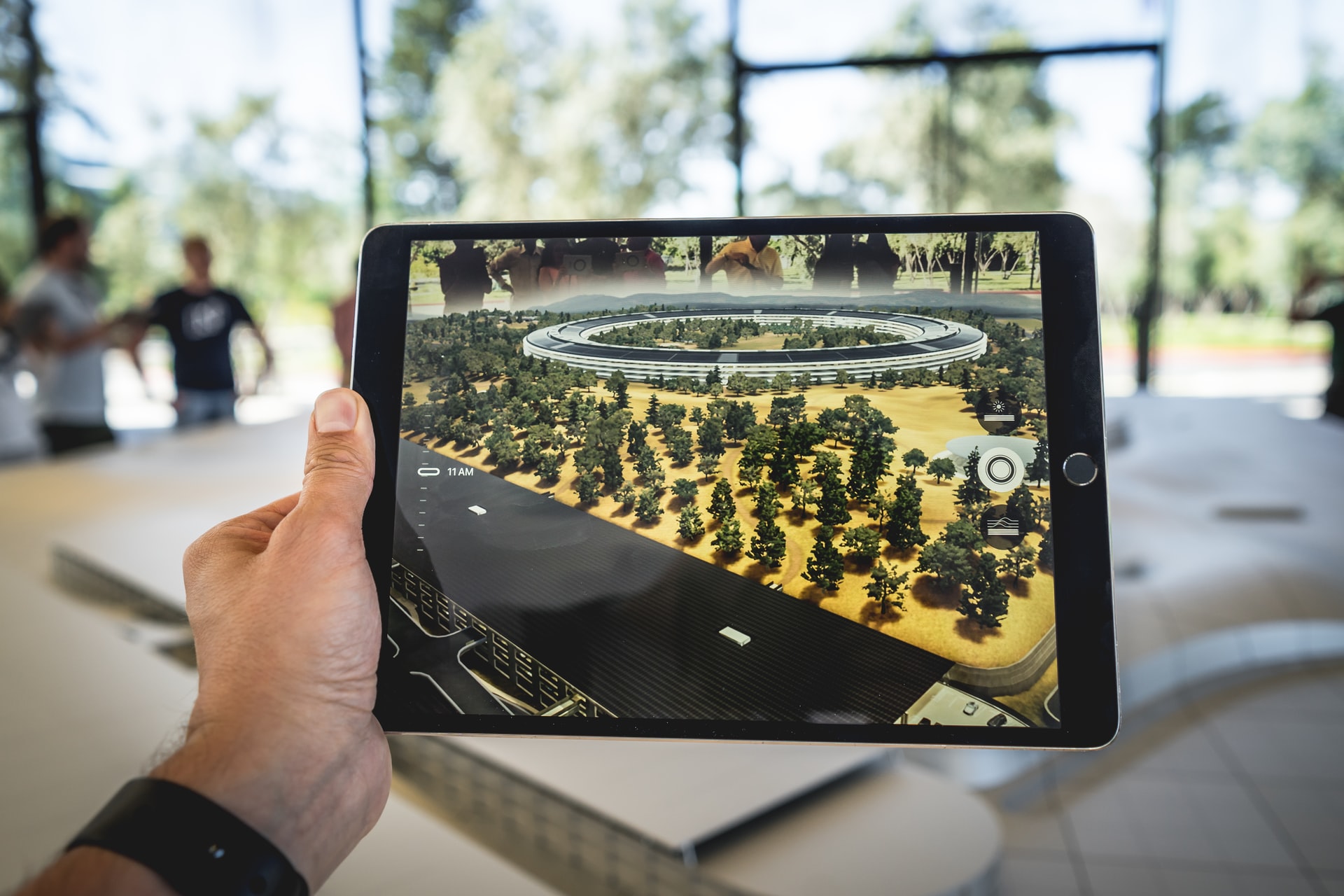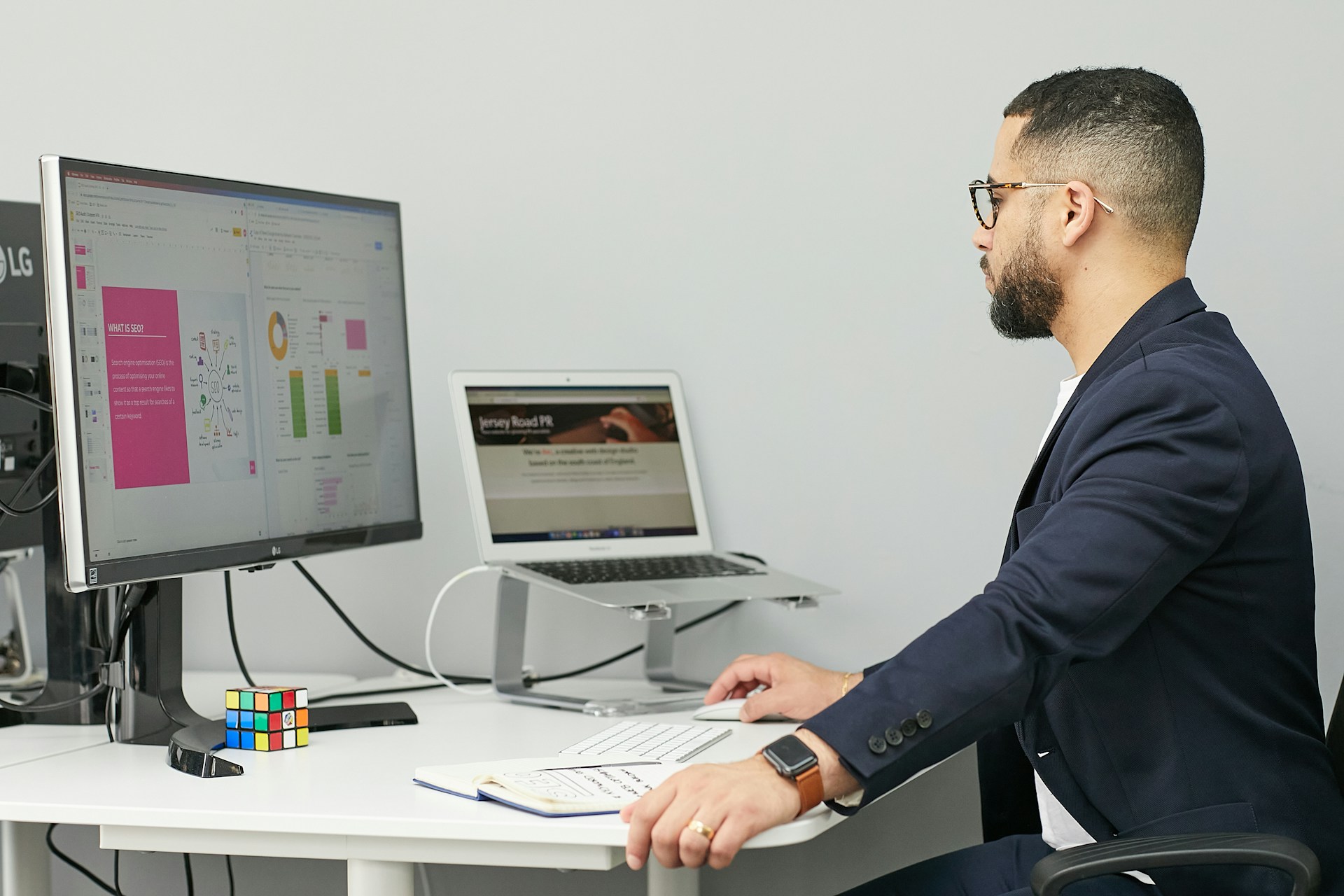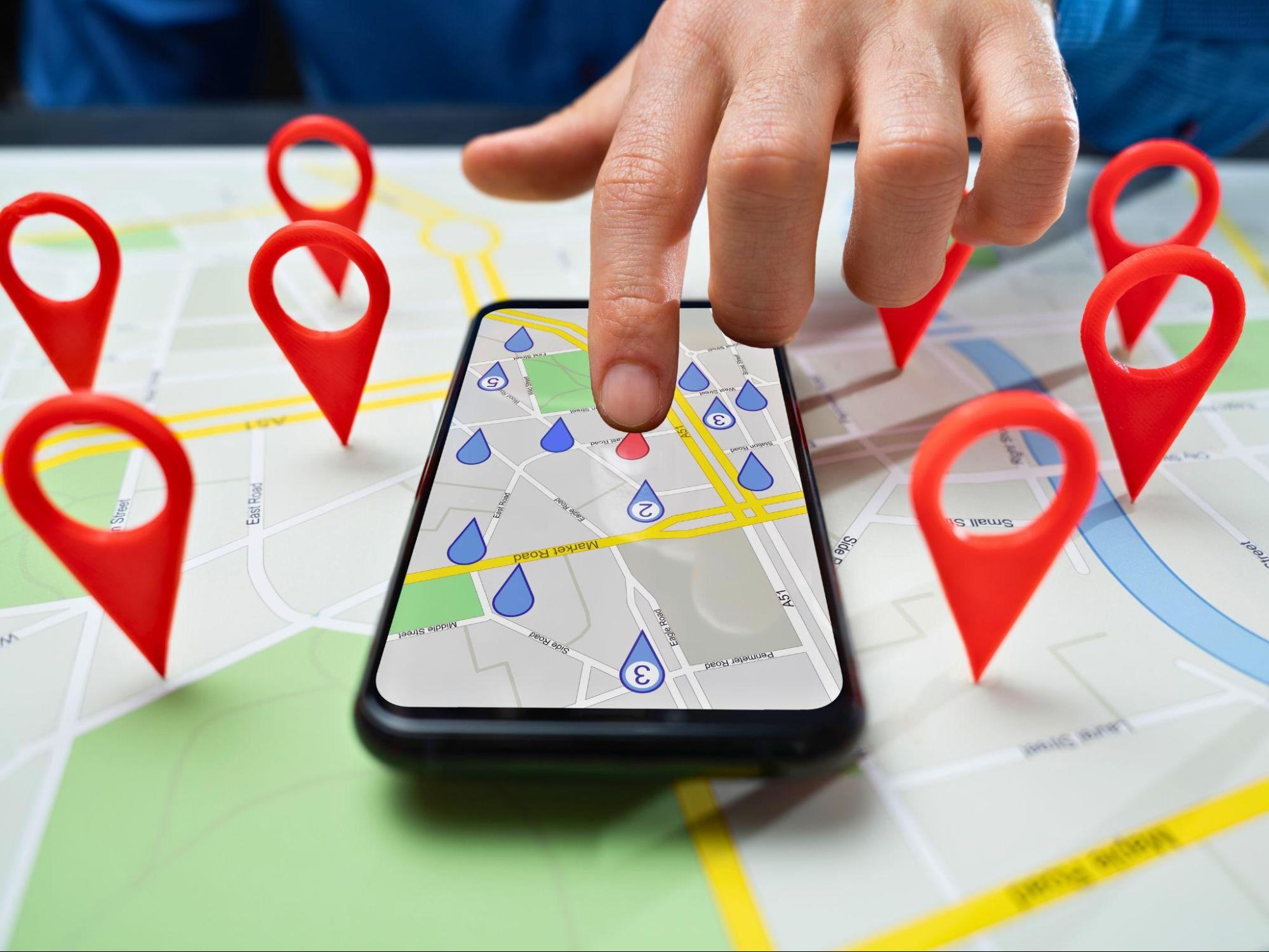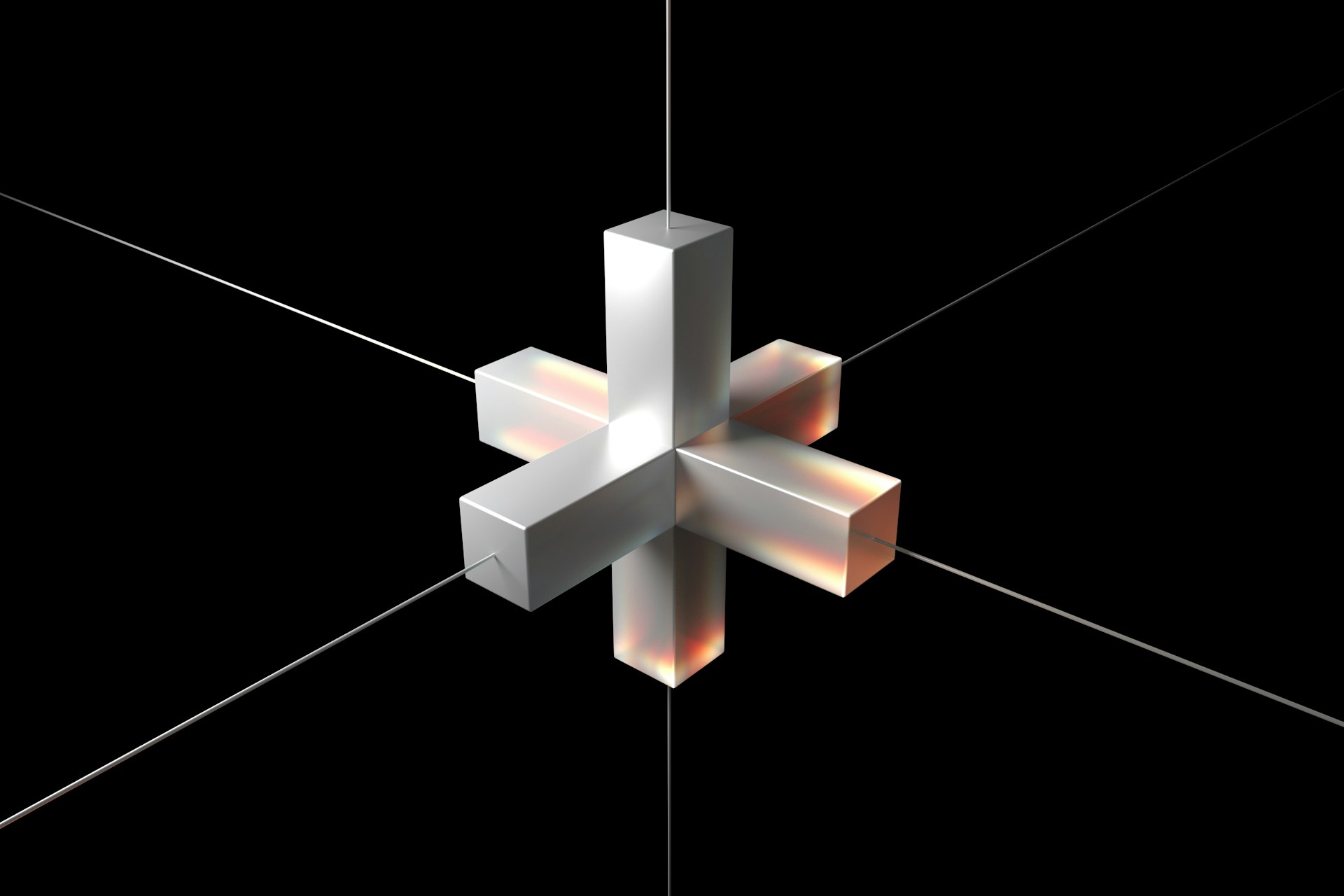How to Best Use Augmented Reality in Marketing Campaigns
Augmented reality is one of the latest and most exciting technologies making its way into marketing campaigns. It has the potential to engage customers in a whole new way, providing an immersive experience that can create a lasting impression.
Quick Links
However, using augmented reality effectively can be tricky. In order to get the most out of this technology, marketers need to understand how it works and what kinds of applications are most effective.
In this blog post, we will explore some of the best ways to use augmented reality in marketing and provide examples of campaigns that have succeeded with this technology.
What is augmented reality and how does it work
Augmented reality (AR) is a technology that superimposes digital content onto the real world. This can be done in a number of ways, but one of the most popular is through the use of smartphone apps.
When using an AR app, users hold their phone up to view the world around them through the camera lens. The app then uses GPS and other data to overlay digital content onto the real-world view. This content can be anything from 3D images to videos, and it can be interactive.
Augmented reality is one of the latest and most exciting technologies making its way into ecommerce. It has the potential to engage customers in a whole new way, providing an immersive experience that can create a lasting impression.
Augmented reality in ecommerce allows shoppers to see what a product would look like in their own home before they make a purchase, which can help to increase sales and conversion rates. It can also be used to provide customers with more information about a product, or to give them a unique and engaging experience that will make them more likely to remember your brand.
How can augmented reality be used in marketing campaigns
There are a number of ways augmented reality can be used in marketing campaigns. Some of the most popular applications include:
– Product demonstrations: AR can be used to provide customers with a realistic preview of a product. This is especially useful for products that are difficult to visualize, such as furniture and home décor items.
– Event promotion: AR can be used to bring event promotions to life. For example, a movie studio could use AR to place a virtual poster for a new release in front of users as they walk by the theater.
– Interactive experiences: AR can be used to create interactive experiences that are both entertaining and informative. For example, a museum could use AR to provide visitors with additional information about exhibits as they view them.
– Gamification: AR can be used to turn mundane tasks into fun games. For example, a grocery store could use AR to turn the task of scanning items into a virtual scavenger hunt.
Examples of augmented reality marketing campaigns
1. IKEA Place
IKEA Place is an augmented reality app that allows users to see how IKEA furniture would look in their homes before they buy it. The app contains 3D images of over 2,000 IKEA products, which can be placed in any room using the camera on your smartphone.
2. Topshop Virtual Catwalk
Topshop used augmented reality to bring the runway to shoppers in their stores. The Virtual Catwalk app allowed users to view a 360-degree video of a Topshop fashion show as they held their phone up to a special in-store display.
3. Macy’s Magic Mirror
Macy’s used augmented reality to let shoppers try on makeup without having to physically apply it. The Magic Mirror app allowed users to see how different makeup products would look on them by scanning their face with their phone’s camera.
Augmented reality has a lot of potential in the marketing world. By understanding how it works and what kinds of applications are most effective, you can create augmented reality campaigns that engage and wow your audience.
Tips for creating an effective augmented reality campaign
1. Keep it simple
When creating an augmented reality campaign, it’s important to keep the experience simple. Users should be able to understand what they need to do and how to do it without getting overwhelmed.
2. Make it interactive
Interactive experiences are more engaging than static ones. When possible, try to make your augmented reality campaign interactive so users can have a more immersive experience.
3. Use high-quality visuals
The augmented reality experience is only as good as the visuals you use. Be sure to use high-quality images and videos in your campaign to make it more realistic and engaging.
4. Test before you launch
Before launching your augmented reality campaign, be sure to test it out to ensure everything is working as it should. There’s nothing worse than an augmented reality experience that doesn’t work properly.
The future of augmented reality in marketing
As augmented reality technology continues to evolve, it’s likely that we’ll see even more creative and innovative uses for it in marketing campaigns. We may even see the development of new augmented reality platforms specifically for marketing purposes.
For now, marketers should continue to experiment with augmented reality and explore different ways it can be used to engage and wow their audiences. With a little creativity, the sky’s the limit for what you can do with augmented reality.
Do you have any tips for using augmented reality in marketing? Share them in the comments below!
Top 10 Magento 2 SEO Extensions to Boost Your Store’s Visibility
SEO is the key to a successful store! Have you ever given thought, if your store is simply…
0 Comments12 Minutes
How to Optimise Your PPC Campaigns with AI
As the methods of Internet marketing evolve, Pay-Per-Click (PPC) advertising remains one of the…
0 Comments10 Minutes
Putting Cybersecurity Under the Spotlight: How Security Audits Strengthen Your Defenses
While organizations understand the importance of cybersecurity, there is an opportunity for many…
0 Comments12 Minutes
How Marketing Agencies Can Choose the Best High-Performance SEO Tools
High-performance SEO tools combine comprehensive features, durability, speed, and accuracy. They…
0 Comments9 Minutes
Simplify the Running of Your Business With These Tips
Finding enough hours in the day to tackle all the jobs on your to-do list can be a major issue…
0 Comments4 Minutes
Best SEO Practices for Multi-Location Businesses
Businesses operating across multiple locations benefit from unique opportunities but also face…
0 Comments7 Minutes
Unveiling the 7 Essential Components for an Exceptional Website
Even a beginner can identify what makes a good website, but when it comes to building one, things…
0 Comments8 Minutes
Top Blockchain Trends to Watch in 2024
Blockchain has time and again proved its capacity to redefine many sectors and this prediction of…
0 Comments6 Minutes








